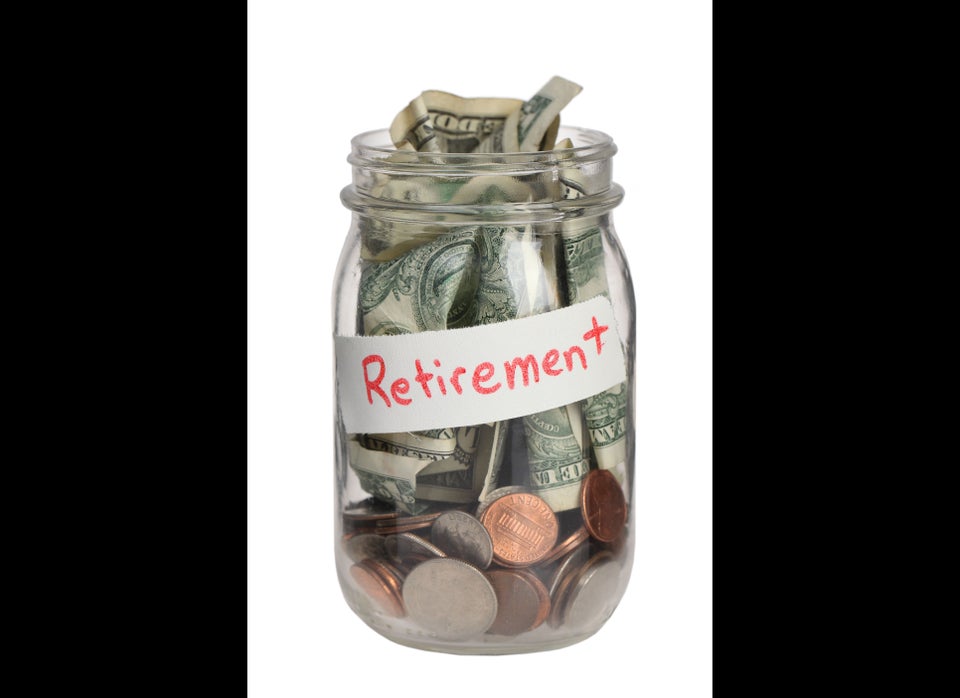With more and more baby boomers retiring each year with money invested in their company savings plan, this question of what to do with my 401(k) has never held the importance which it does today. In previous generations retirees transitioned into retirement with comfortable pensions which provided lifetime income. However those pensions also provided large liabilities to the corporations which offered them. With corporations reeling from high legacy costs, defined contribution plans and the 401(k) in particular were born.
This began the largest transfer of risk from corporations to individual workers in our nation's history, but why no revolt from the workers? I believe this transfer of risk was camouflaged by the bull market in stocks from 1982 to 2000, which contributed to the notion that workers knew how to invest better than the stodgy old pension plans.
So where does this leave us today? With baby boomers who are retiring in record numbers with 401(k)s which can be rolled over into an IRA, cashed out or left alone. These plans need to provide income for an unspecified period, with an unfavorable or unattractive combination of painfully low interest rates and market volatility. Retirees have some hard choices in front of them, such as balancing risk versus desired return, tax implications, fees, investment selection, just to name a few.
Financial Planning is not a one-time set it and forget it event, it's a process that must be reviewed for changes over time and adjusted. The desired return part of the equation is a simpler calculation. This is performed by most financial planning software, simply figure out how much income is needed now and index it using several different assumptions for inflation rates and you can get a pretty good idea of how much income and the return you'll need to earn to accomplish that income going forward. It's the risk part of the equation that's tricky. There are 4 ways to handle risk; you can manage it, avoid it, accept it or transfer it, just as the corporations did with their pension plans.
- Avoid Risk - Investors try to avoid risk by investing in low yielding money markets, CDs and short term bonds; however this may bring about another type of risk, the risk that they may not keep up with inflation.
- Accept Risk - More retirees are being forced because of a low interest-rate environment to accept risks in investments such as stocks and high-yield bonds without perhaps fully understanding the risks that they have undertaken. And what the potential loss to their portfolio would be in a bear market.
- Transfer Risk - Some retirees have turned to fixed annuities in an attempt to transfer risk to an insurance company. It's important to fully understand the costs and fees associated with annuities.
- Manage Risk - This is where proper portfolio allocation and management can be used to attempt to minimize risk while maximizing returns using a combination of Modern Portfolio Management coupled with hedging techniques during bear markets. The management of risk versus return is where the seasoned investment professional seeks to enhance the life of retirees. The management of risk is where the rubber meets the road and financial advisers earn their fees.
There is no guarantee that a diversified portfolio will enhance overall returns or outperform a non-diversified portfolio. Diversification and asset allocation do not protect against market risk.
To learn more about Chad White, view his Paladin Registry profile.
Article originally posted on Paladin Registry.
About the Author: Chad White is the owner of Safe Harbor Wealth Management. Chad began his career 19 years ago with CJM Planning Corporation Inc. He later joined First Union/Wachovia Securities as Assistant Vice President, and Securities Principal overseeing licensed investment representatives in five area branches and more than 3,000 client accounts. Enjoying his work with retirees, Chad decided to create his own practice to serve the specific needs of retired or soon to be retired investors. Chad devotes his time to understanding his clients' needs and implementing investment strategies to pursue their financial goals. Chad became an AIF® (Accredited Investment Fiduciary) designee in 2004 in conjunction with fi360 through the Joseph M. Katz Graduate School of Business at the University of Pittsburgh. A devotee of continuing education in 2009, Chad earned the prestigious CIMA® (Certified Investment Management Analyst) designation offered through the Investment Management Consultants Association in conjunction with the Wharton School of Business. Chad is a graduate of Raritan Valley College and holds security registrations 6, 7, 24, 63, and 65 with LPL Financial. He is fully licensed in New Jersey life and health insurance, and offers Securities and Advisory Services through LPL Financial a Registered Investment Advisor, Member FINRA/SIPC. Follow Chad on Twitter @SafeHarborWM
